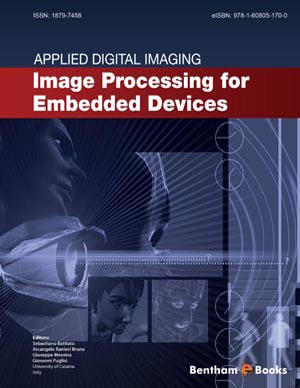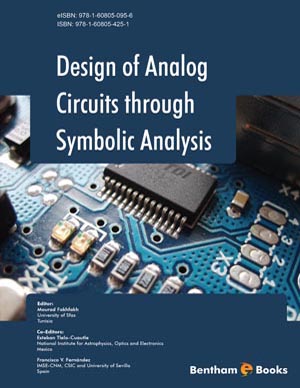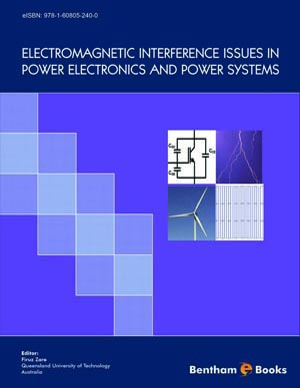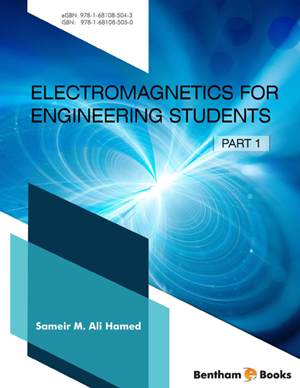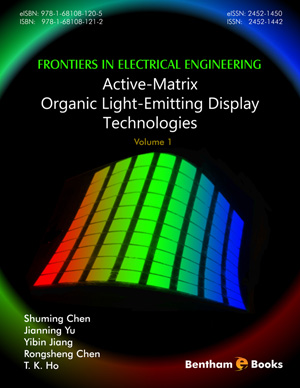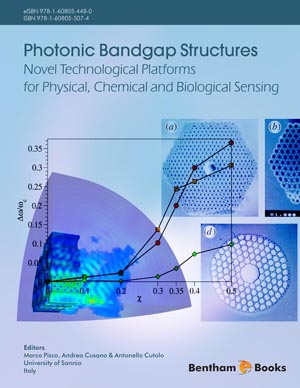Abstract
The past few years have seen substantial development in electrochemical
sensors. The fundamental challenge in the construction of reliable analytical techniques
for the quantification of anti-inflammatory drugs has been conveniently overcome by
electrochemical methods. Voltammetric sensors have applications in biological,
environmental, and chemical structures. Owing to their high sensitivity, selectivity,
ease of preparation, and fast reaction, voltammetric sensors for detecting specific
biomolecules have received significant attention in recent years. Polarography, cyclic
voltammetry (CV), Differential Pulse Voltammetry (DPV), and Squarewave
Voltammetry (SWV) are examples of electrochemical techniques that are classified.
Non-steroidal anti-inflammatory drugs (NSAIDs) such as 4-amino antipyrine (4-AAP),
Indomethacin (IND), and Diclofenac (DCF) are widely used in the treatment of
inflammatory conditions such as musculoskeletal disorders, dental pain, menstrual
pain, postoperative pain, and migraines. This chapter discusses the details and usages
of the different voltammetric methods for the determination of NSAIDs.
Keywords: Anti-inflammatory drugs, Classifications of voltammetric techniques, Diclofenac, Indomethacin, Voltammetric applications, 4-Aminoantipyrine.







